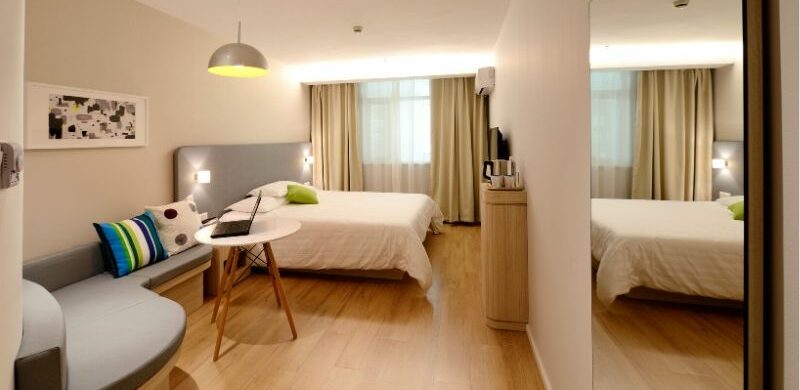ARE MICRO-APARTMENTS A SOLUTION FOR AFFORDABLE HOUSING? Accoding to an article in REALTOR Magazine, as housing prices rise, Patrick Kennedy owner and president of Panoramic Interests, a development company in San Francisco, seeks to reduce construction costs and bolster housing inventory through the development of micro-apartments, which range from 160-square-foot studios to 660-square-foot four-bedroom units. Kennedy said micro-apartments are more cost-effective for builders in three primary ways: They tend to be car-free developments, promote economized living spaces (which he calls micro-DNA), and have standardized designs.
Car-free development. One Panoramic Insights housing project that will bring more than 1,000 micro-apartments to nearby Oakland, Calif., has no dedicated parking space for residents. “What you get instead is more interesting and lively communities, along with lower rents,” said Kennedy. “Why pay for a parking space when you’re next to transit or can call Uber?”
Micro-DNA. To explain the need for ultra-efficient apartments, Kennedy uses the analogy of plane travel. While most housing options in the Bay Area are “the equivalent to traveling business class,” Kennedy said that micro-apartments are “a much-needed economy class option.” The average cost for a 687-square-foot apartment in San Francisco is $3,700 a month, while the 172-square-foot micro-apartments in Oakland will be around $1,400.
Kennedy said that while headlines tend to focus on the rise of high-paying salaried jobs in the technology sector, the growth in urban centers also includes minimum wage and other hourly positions. When asked who constitute the ideal candidates for micro-apartments, Kennedy mentioned working-class professionals like baristas, maids, and construction workers who commute to the Bay Area for their jobs.
Standardized design. Panoramic’s micro-apartment floor plans are standardized, Kennedy said, likening the designs to the limited-option menu at fast food chain In-N-Out Burger. “All we build is a hamburger, a cheeseburger, and a double-double,” said Kennedy. “We standardize all our designs and we don’t vary a bit from that principle.”


